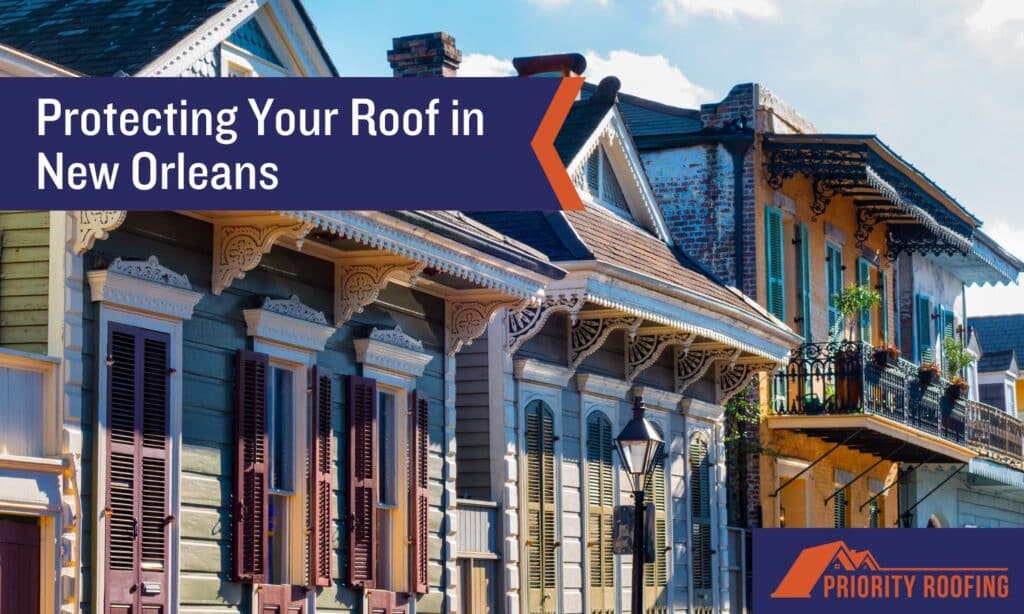The city’s unique weather patterns create specific challenges when protecting your roof in New Orleans. From intense heat and high humidity to tropical storms and hurricanes, roofs in this region are regularly exposed to conditions that can weaken them over time. This post will explore ensuring your roof stands strong against the elements, covering everything from material selection to essential maintenance tips. By understanding these factors, you’ll be better equipped to protect your home year-round.
Understanding the New Orleans Climate
The city’s hot, humid summers and susceptibility to severe storms can significantly damage your roof. Whether you’re building a new home or maintaining an existing roof, choosing suitable materials and strategies that align with the local climate is key to protecting your investment.
High Humidity and Rainfall
Frequent rainfall and high humidity levels can wreak havoc on your roof. Over time, excess moisture can seep into roofing materials, causing them to deteriorate faster than in drier climates. This moisture buildup often leads to problems like mold and rot, affecting the roof’s structure but also causing health issues for the home’s occupants. Furthermore, water can become trapped beneath shingles or other roofing materials, weakening the roof’s integrity and making it more susceptible to leaks and damage during heavy rainstorms.
Given these challenges, choosing roofing materials that withstand high humidity and frequent downpours is essential. Metal roofing, for example, is known for its durability in wet conditions and its ability to resist moisture-related issues. However, a common concern for homeowners is whether a metal roof makes noise when it rains. Fortunately, modern metal roofing systems are designed to minimize noise, making them an excellent option for homes in rain-prone environments in the Gulf South.
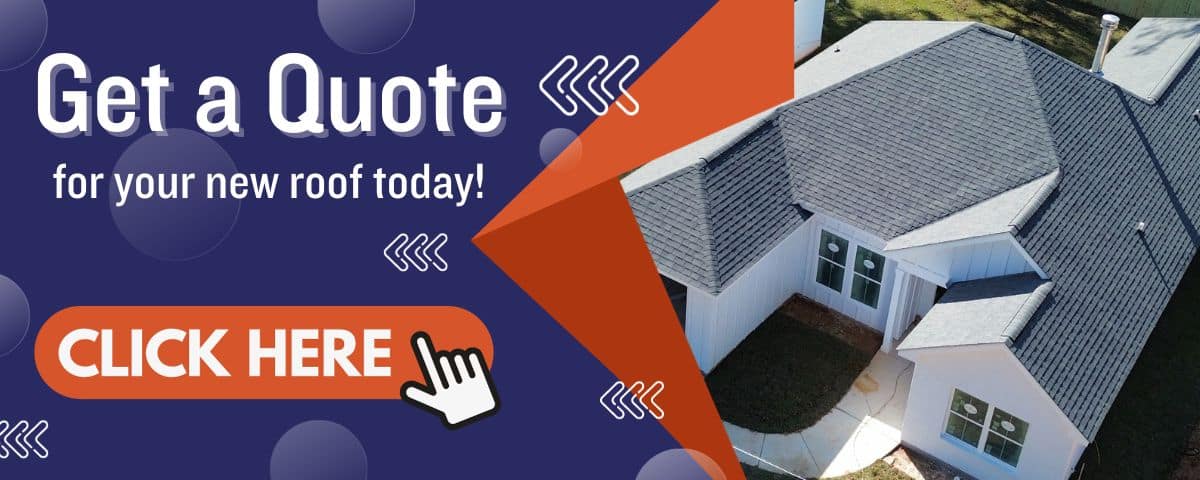
Intense Heat and Sun Exposure
The intense heat and sun exposure during the long, hot summers can cause significant wear and tear on your roof. Constant exposure to UV radiation weakens roofing materials over time, especially asphalt shingles, which can crack, become brittle, and lose their protective granules. As the roof absorbs more heat, it can also lead to higher indoor temperatures, reducing the energy efficiency of your home and increasing cooling costs.
In addition to damaging roofing materials, the constant expansion and contraction of materials due to extreme temperature fluctuations can further weaken your roof’s structure. This process accelerates the aging of your roof, shortening its lifespan and increasing the likelihood of leaks and other issues.
Homeowners should monitor the condition of their roofs regularly and understand when it might be time for a replacement. Given the relentless heat and UV exposure, roofs in this region often need to be replaced sooner than in cooler climates.
Hurricane and Tropical Storm Risks
New Orleans is highly vulnerable to hurricanes and tropical storms, which can lift shingles, damage flying debris, and cause water infiltration. Preparing your roof for hurricane season is critical to minimizing damage.
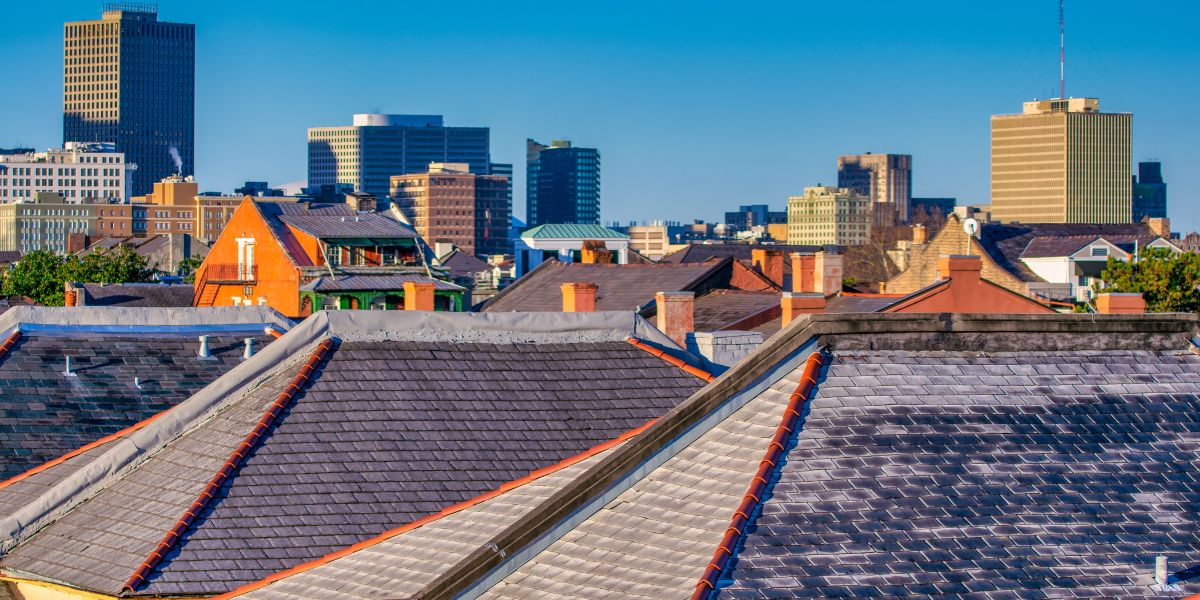
Choosing the Right Roofing Materials for New Orleans
Selecting the right roofing material is key to combat the harsh climate in New Orleans. The region’s hot, humid summers and frequent tropical storms demand durable, weather-resistant materials that withstand intense heat, humidity, and strong winds. Choosing the right material for your roof can enhance its lifespan, protect your home from damage, and even improve your energy efficiency. Below are some of the most popular roofing materials used in the area, each offering distinct advantages.
Metal Roofing
Excellent for homes in hurricane-prone regions like New Orleans, metal roofs are known for their durability and energy efficiency. They withstand strong winds, making them ideal for enduring the high-speed gusts accompanying storms. In addition to their strength, metal roofs reflect much of the sun’s heat, helping to keep your home cooler and reducing energy costs during the long, hot summers. While concerns about noise in rain-prone areas are common, modern metal roofing systems are designed to minimize this issue. They are a reliable, long-lasting option for homeowners looking to protect their homes from the harsh New Orleans climate.
Terracotta Roofing
Terracotta tiles have been used for centuries and are highly valued for their heat resistance and durability, making them an attractive option for homes in New Orleans. These clay tiles are incredibly effective at withstanding extreme heat, essential in the hot Louisiana summers. Their natural insulating properties can also help maintain cooler temperatures indoors. However, terracotta tiles are significantly heavier than other materials and may require additional structural support to handle their weight. Additionally, although terracotta is durable in high-heat environments, special considerations may be needed for hurricane protection, as these tiles can be vulnerable to impact from flying debris during storms.
Asphalt Shingles
Asphalt shingles are popular in New Orleans due to their affordability and versatility. These shingles offer high wind resistance, with some rated to withstand winds up to 110 mph, making them reliable in hurricane-prone areas. Asphalt shingles come in various colors and styles, allowing homeowners to customize their roof while keeping costs low. Though they may not last as long as metal or terracotta in extreme heat, asphalt shingles provide a cost-effective balance of durability and protection against storms and heat. This makes them a common choice for many homeowners.
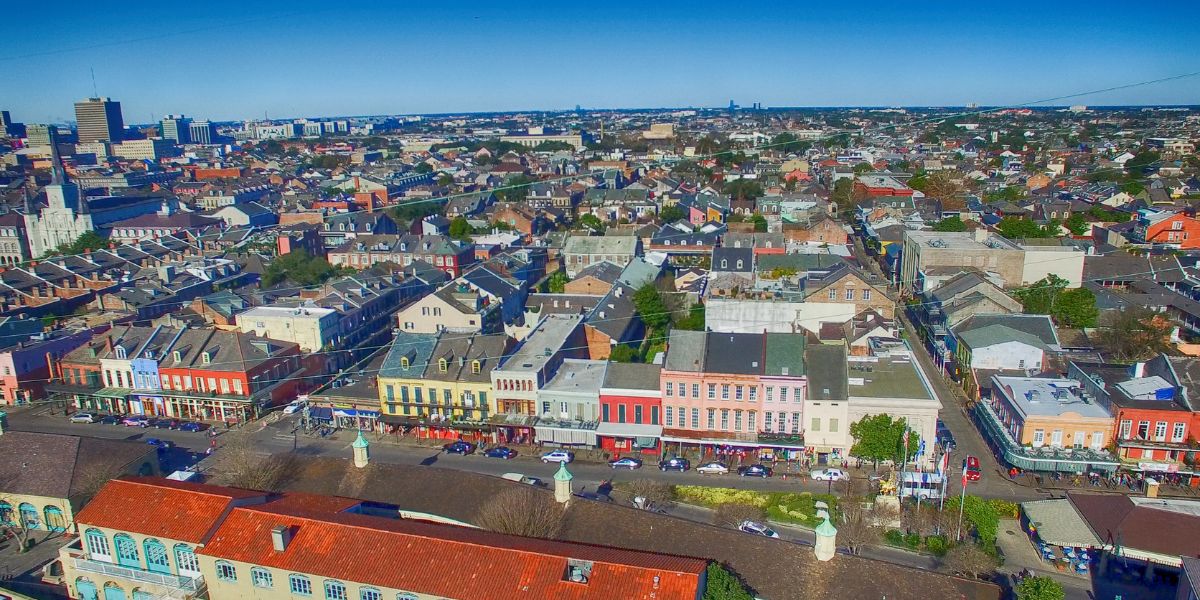
Maintenance Tips for Protecting Your Roof in New Orleans
Regular maintenance ensures your roof’s longevity, especially in a challenging climate like New Orleans. The combination of intense heat, high humidity, and hurricane risks means your roof is constantly exposed to potential damage. Following key maintenance practices can help protect your roof from weather-related wear and tear and extend its lifespan.
Schedule Regular Roof Inspections
Regular professional roof inspections are necessary in New Orleans, where the weather can be unpredictable and damaging. Schedule inspections before and after hurricane season to catch minor issues like loose shingles or small leaks. Addressing these problems early prevents them from becoming significant. These inspections provide peace of mind that your roof is in good condition heading into storm season.
Identify Signs of Roof Damage Early
Early roof damage detection can save you from costly repairs or a complete replacement. In New Orleans, where high winds and heavy rain are frequent, it’s crucial to regularly check for warning signs of roof deterioration. Look for cracked or curling shingles, water stains on ceilings, and areas where the roof appears to be sagging. These are all red flags that should not be ignored.
Prevent and Fix Roof Leaks
Roof leaks are one of the most common issues in New Orleans, especially during periods of heavy rain or after a storm. Leaks can occur due to damaged flashing, clogged gutters, or weakened shingles, allowing water to seep into your home. The more prolonged leaks are left unaddressed, the more damage they can cause, including mold growth and structural weakening. It’s essential to immediately address even small leaks to prevent more significant problems.
Preparing Your Roof for Hurricane Season
New Orleans homeowners must be particularly vigilant when preparing their roofs for hurricane season. Taking the proper steps now can make the difference between minor repairs and significant damage after a storm. Follow these essential tips to help secure your roof before hurricane season arrives.
Reinforce Vulnerable Areas
Start by inspecting vulnerable areas of your roof, such as shingles, vents, and flashing. Ensure that all shingles are securely fastened, as loose or damaged ones are more likely to be torn off by strong winds. Check roof vents and flashing for any cracks or gaps, and reseal them as necessary to prevent water from seeping in during heavy rains. Consider adding extra adhesive or fasteners to high-risk areas for added protection.
Trim Trees and Branches
One of the simplest yet most effective step is trimming trees and branches away from your roof. During a hurricane, high winds can break branches and send them crashing onto your roof, causing significant damage. Trimming back any overhanging branches and maintaining a safe distance between trees and your roof can reduce the risk of impact damage and minimize debris buildup after a storm.
Install Storm Straps or Hurricane Clips
If you live in an area prone to hurricanes, it’s worth investing in storm straps or hurricane clips. These metal straps attach the roof to the structure of your home more securely, making it less likely to be torn off during high winds. While they are often installed during roof construction, a professional can add them later. Installing these straps adds an extra layer of security and can help prevent catastrophic roof failure.
Clean Gutters and Downspouts
Regularly cleaning your gutters and downspouts is critical in hurricane preparation. Clogged gutters can cause water to back up and pool on your roof, increasing the risk of leaks and water damage. Ensure your gutters are clear of leaves, twigs, and debris to allow water to flow freely. If necessary, install gutter guards to reduce the amount of debris entering your gutters during storms.
Check Attic Ventilation and Insulation
Check your attic ventilation and insulation during storm prep. Good ventilation helps to regulate the temperature in your attic, preventing moisture buildup that could weaken your roof’s structure. Well-installed insulation can help prevent water from seeping into your home if your roof sustains damage. Inspect your attic regularly to ensure your ventilation system is working effectively and your insulation is intact.
Consider Roof Replacement
If your roof is older or has shown signs of significant wear, consider replacing it before the next hurricane season. Newer roofs built with more advanced materials are more likely to withstand the extreme weather conditions that come with hurricanes.
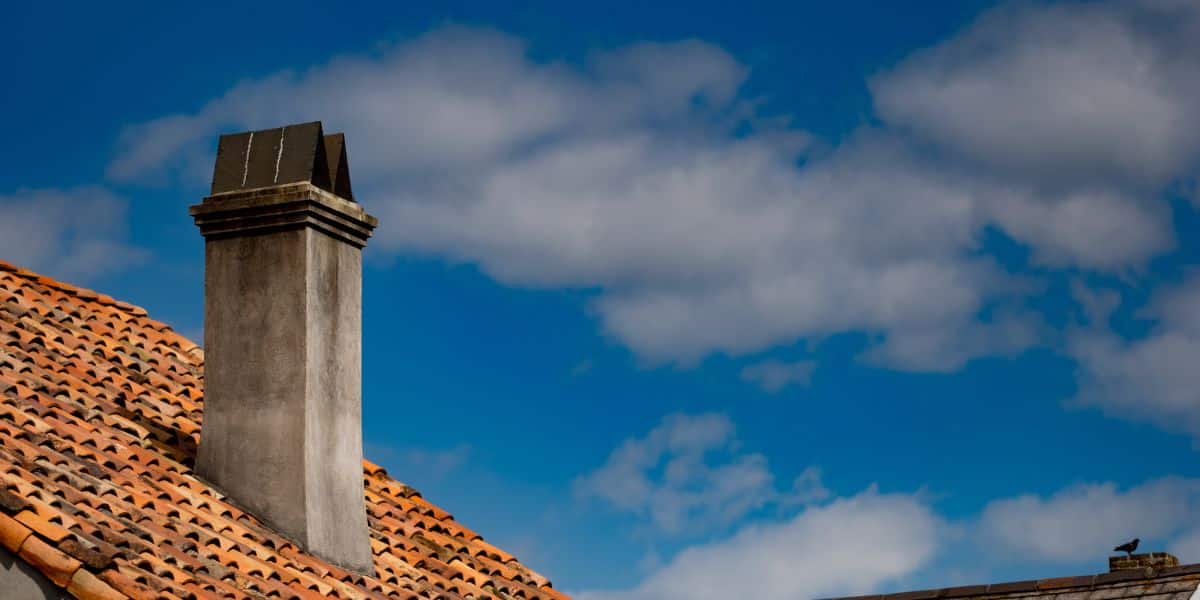
Conclusion
To protect your roof in New Orleans, you must understand the city’s unique weather challenges and take a proactive approach to maintenance. Intense heat, frequent rainfall, and the threat of hurricanes require careful planning and smart decisions about roofing materials and upkeep. Choosing durable options like metal or terracotta roofing provides long-lasting protection against the elements. Regular inspections and timely repairs keep your roof in top condition throughout the year. By reinforcing vulnerable areas, trimming nearby trees, and investing in storm-resistant measures like hurricane clips, you can significantly extend your roof’s lifespan and safeguard your home.
Being prepared starts with making sure your roof is ready. A well-maintained roof shields your home and provides peace of mind throughout the unpredictable hurricane season. Don’t wait for the next storm. Contact Priority Roofing today and take action to protect your most important investment.

